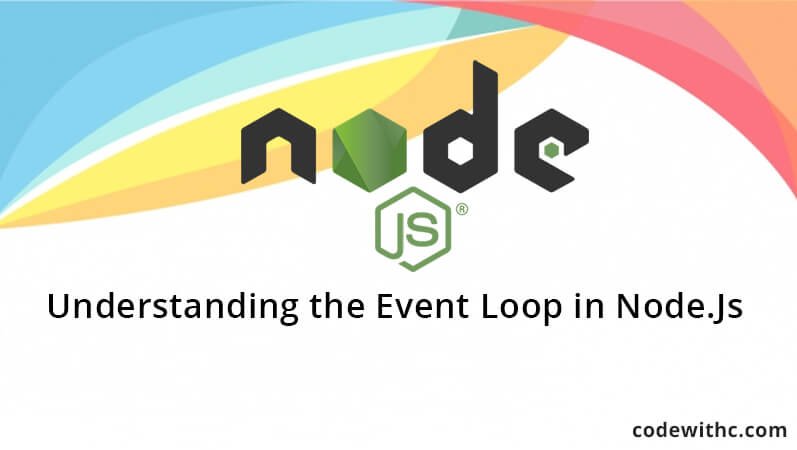Understanding the Event Loop in Node. Js
This article will enlighten the operating of Event loop. Event Loop in Node.js is a single threaded application. It is capable of supporting concurrency through the idea of call backs and events. All the API of Node.js is single and stays asynchronous. As being threaded, they make use of async function calls in order to maintain concurrency.
Node’s Observer Pattern
Event Loop in Node is vital for being able to control high throughput scenarios. This is stranded place with its magical filling that is the reason Node can vitally be single threaded and allows arbitrary operations to be controlled in the backdrop.
Event Driven Programming
The very first thing demanded to develop the understanding of the event loop is idea of the event-driven programming pattern. This has already been well explained and understood back in 1960’s. Now a day’s event-driven programming is widely used in many of the UI applications.
A chief usage of JavaScript is to cooperate with the DOM, in order to make use of event-based APIs natural. Event driven programming is an application flow handling that is controlled by events or alterations in state.
The basic execution is to acquire a central mechanism that snoops for events and describes a callback action when an event is being detected. For example the moment state has been changed; it will sense a sound familiar. This is the basic principle after Node’s Event Loop.
Another basic pattern to be discussed is succeeding or fail. Two common implementations are used now days. First is the call back style known as “error back”? It occurs when the error of the call acts as the first argument transferred to the call back. The second one emerges with ES6 making use of promises.
A Common Misconception
A very common misconception is there regarding event emitters. It is deemed that they are somehow asynchronous in nature which is not correct at all.
[vc_row][vc_column][td_block_21 separator=”” tag_slug=”node-js” limit=”40″ tdc_css=””][/vc_column][/vc_row]
